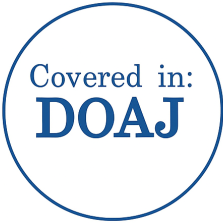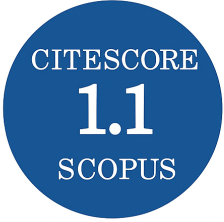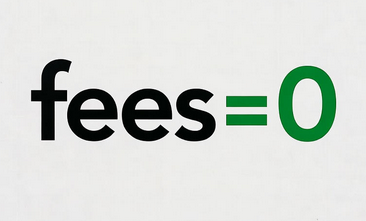Influence of Impact Velocity and Steel Armour Hardness on Breakage of Projectile 14.5 ´ 114 API/B32
DOI:
https://doi.org/10.3849/aimt.01222Keywords:
projectile breakage, impact velocity,, hardness, depth of penetrationAbstract
The goal of this article was focused on the study of projectile breakage after impact on steel armour depending on projectile impact velocity and steel armour hardness. Steel armour samples of hardness HBW500 and HBW600 were impacted by steel core projectile 14.5 ´ 114 API/B32 using three different impact velocities. The depth of the projectile penetration into steel armour of hardness HBW400, which was placed 65 mm behind the steel armour samples, was measured. The projectile remains after each impact were searched for their evaluation. For better visualization of the projectile breaking process after the impact on steel armour, the numerical simulations were performed. Experimental and numerical results were compared and combined in a graph showing the dependence of the depth of penetration on the projectile impact velocity for two different steel armour hardnesses and with indication of projectile coherence after impact.
References
NATO STANDARD AEP‐55. Procedures for Evaluating the Protection Level of Armoured Vehicles – Kinetic Energy and Artillery Threat. Vol. 1, ed. C, Brussels: NSA, 2014.
BUCHAR, J., VOLDŘICH, J. Terminal Ballistics (in Czech). Prague: Academia, 2003, 340 p. ISBN 80-200-1222-2.
RYAN, S., LI, H., EDGERTON, M., GALLARDY, D. and CIMPOERU, S.J. The Ballistic Performance of an Ultra‐High Hardness Armour Steel: An Experimental Investigation. International Journal of Impact Engineering, 2016, vol. 94, p. 60-73. https://doi.org/10.1016/j.ijimpeng.2016.03.011.
LS‐DYNA Keywords User’s Manual. Materials models, vol. II, revision 3372, 2013.
JOHNSON G.R. and COOK, W.H. A Constitutive Model and Data for Metals Subjected to Large Strains, High Strain Rates and High Temperatures. In: Proceeding of the Seventh International Ballistics Symposium, The Hague, p. 541-547.
JOHNSON G.R. and COOK, W.H. Fracture Characteristics of Three Metals Subjected to Various Strain, Strain Rates, Temperatures and Pressures. Engineering Fracture Mechanics, 1985, vol. 21, no. 1, p. 31-48.
RIDKY, R. et al. Simulation as a Reliable Tool for Predicting the Degree of Armor Damage. In: International Conference on Military Technologies. Brno: University of Defence, 2015, p. 717-723. https://doi.org/10.1109/MILTECHS.2015.7153742.
Downloads
Published
License
Copyright (c) 2018 Advances in Military Technology

This work is licensed under a Creative Commons Attribution-NonCommercial 4.0 International License.
Authors who publish with this journal agree to the following terms:
1. Authors retain copyright and grant the journal right of first publication with the work simultaneously licensed under a Creative Commons Attribution License that allows others to share the work with an acknowledgement of the work's authorship and initial publication in this journal.
2. Authors are able to enter into separate, additional contractual arrangements for the non-exclusive distribution of the journal's published version of the work (e.g., post it to an institutional repository or publish it in a book), with an acknowledgement of its initial publication in this journal.
3. Authors are permitted and encouraged to post their work online (e.g., in institutional repositories or on their website) prior to and during the submission process, as it can lead to productive exchanges, as well as earlier and greater citation of published work.
Users can use, reuse and build upon the material published in the journal for any purpose, even commercially.






